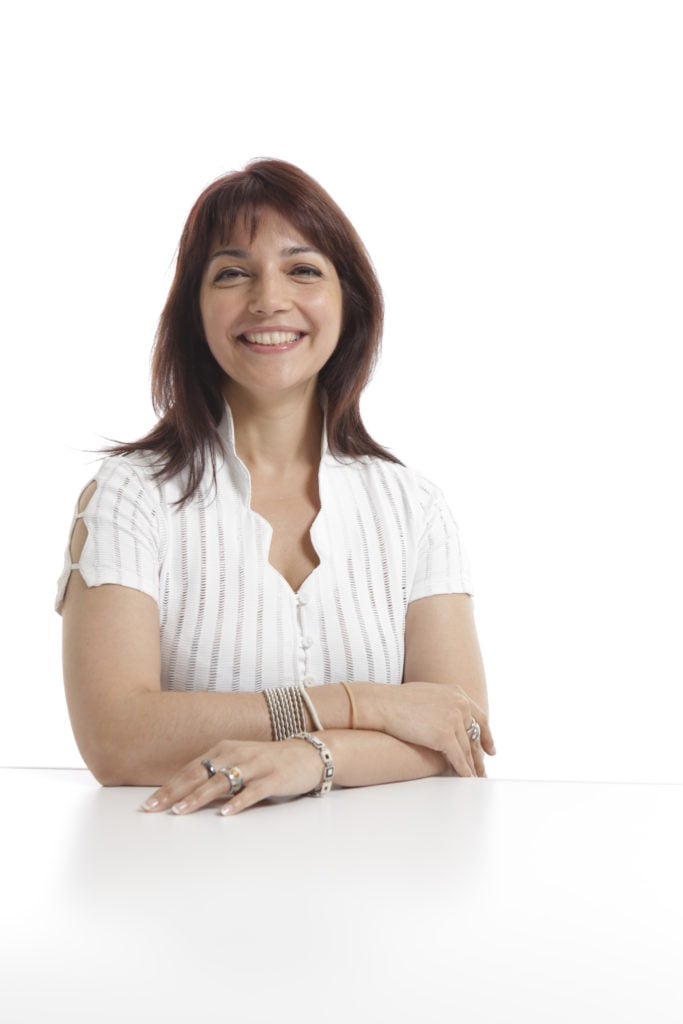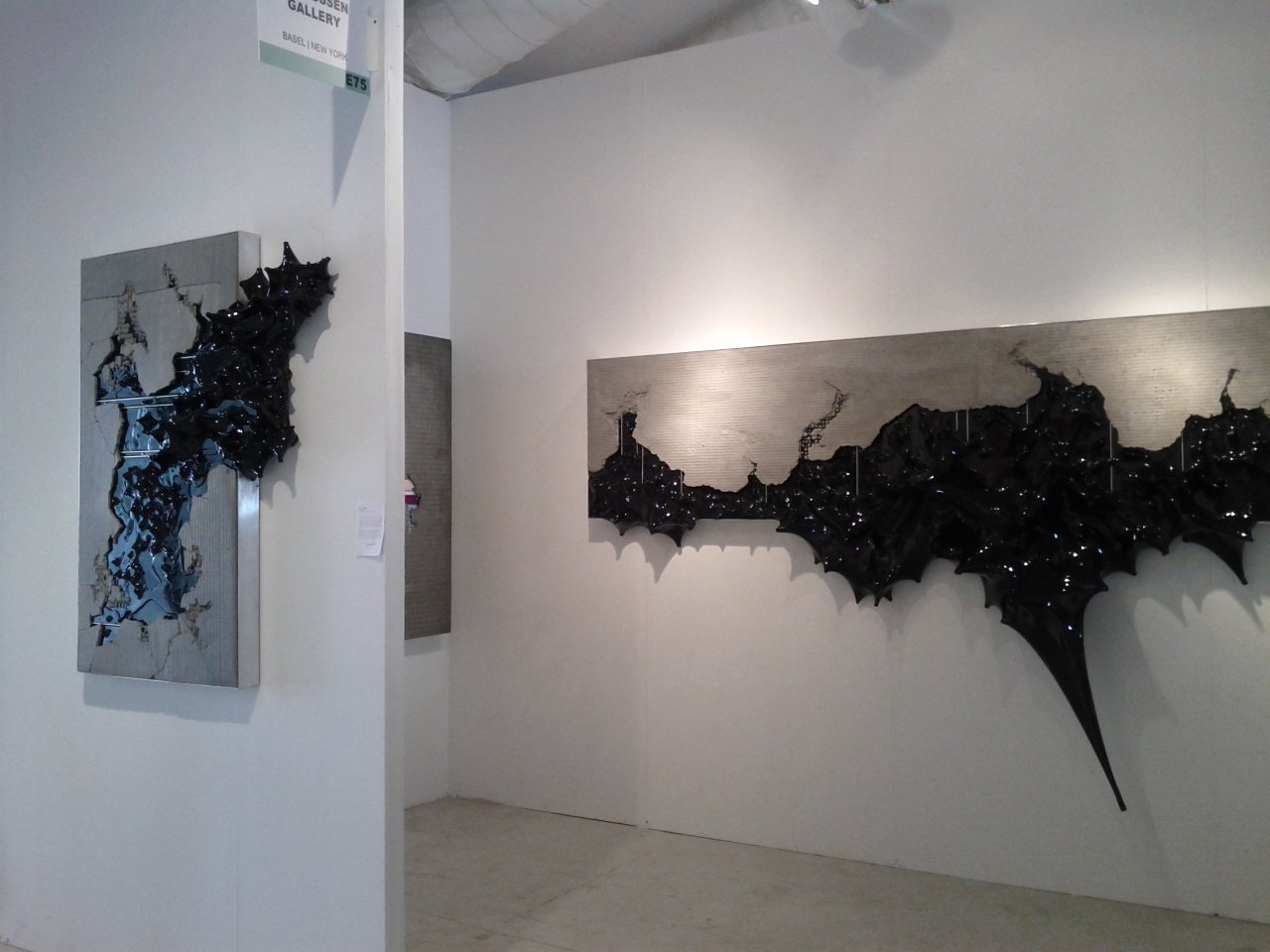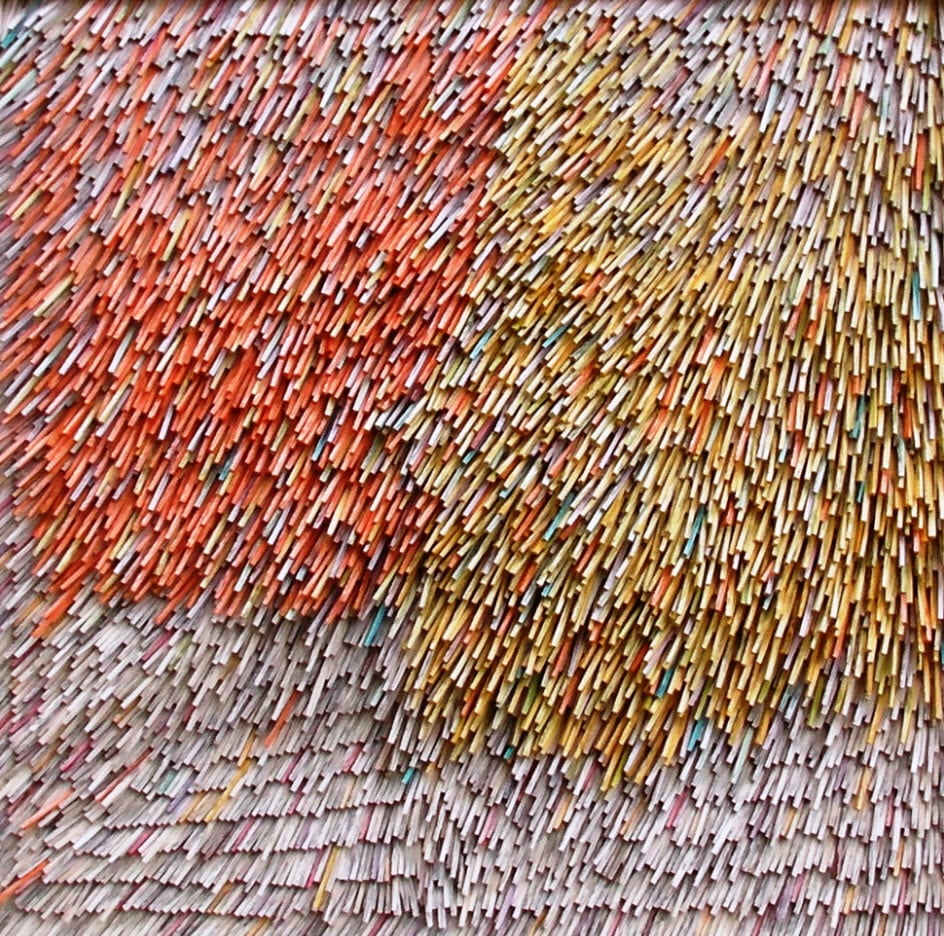Galleries
Jasmin Kossenjans on Being Passionate About the Art She Sells
"I never sell art that I don’t love, or that I wouldn’t have in my own personal collection."

"I never sell art that I don’t love, or that I wouldn’t have in my own personal collection."

Artnet News

Gallery owner Jasmin Kossenjans is a storyteller with a love for unique and passionate art production. Her gallery, JanKossen Contemporary, recently exhibited at Art Paris and is currently hosting a solo show (May 7–June 6) for artist Troy Simmons. This summer, the gallery will take part in Art Southampton, as well as launch its new Fresh! initiative featuring new and emerging artists.

Troy Simmons, installation view, Durchbruch (2014). Courtesy of JanKossen Contemporary.
How did Jan Kossen Contemporary start?
I started all this about 10 years ago, but in an off-space, more as a consultant. I speak Cantonese fluently, so I used to bring collector groups to China and visit the artists in their studios. That’s more or less where the seed was planted. The artists wanted to show with a gallery they could trust, but they couldn’t find one. It’s a problem over there and in the Middle East, especially Pakistan, because the whole idea of what a gallery is and what a gallery does is a new concept. I started my gallery in 2009, and began showing artists who could not show at home, since there was not a large audience.
How do you choose which artists to represent?
I never sell art that I don’t love, or that I wouldn’t have in my own personal collection. The way I select artists is not only by their production process and originality, but by their passion. Otherwise how do you expect me to be passionate? I know there is staying power if the artist is passionate. I don’t care how good an artwork is—I want them to care about their work and I want to hear the story behind what they are creating. I’m a storyteller. I like hearing people’s stories and knowing the background information. I also don’t do photography because I like unique artwork. I don’t like editions. I like the artists who get their hands dirty, who think about the composition and the materials.
Have you ever been sorry to see a work go?
There was this one particular situation—actually I was crying. I had the piece hanging in my living room. It was worth about $50,000 on the marketplace, and my husband said the artist would probably like me to sell it. But I really wanted to keep it. The work is by Korean artist Suh Jeong Min, and it has to do with spiritual Buddhism. It is blessed by a monk, and when it’s in a home it blesses the family. In the end, I turned down people who wanted to buy it because I thought they were buying it for the wrong reasons. They were asking the wrong questions, you know about percentages and price increases in the past year. In the end, I sent it to a woman I interviewed a few times. She genuinely appreciated the art. I feel like I’m losing my children when I sell a work of art because I have a relationship with both the artwork and the artist.

Suh Jeong Min, Lines of Travel XXII (2014). Courtesy of JanKossen Contemporary.
Have you always known this is what you’ve wanted to do?
No, it’s not really a job promoted to students at the university level. If I could turn back the clock though, something else I wouldn’t have minded doing is restoring art. But I’m too old to do that now. I was actually kind of lost at one point. I speak five languages and I’m good at business, but I get bored extremely easily. I was in the hotel business for a while, and then I decided to do freelance at a translating agency. Through that, I worked at a lot of art fairs, and at Cologne, which is when I fell in love with the whole thing. I love the village atmosphere, and I always try to introduce myself to my neighbors. You see some of those people more than your real family. They’re my second family.
How was your first art fair experience?
It was probably the first and last time in my life when I sold at an opening. I was in Istanbul, and I kid you not, it wasn’t even 10 minutes and someone walked in and bought five artworks. But it never happened again! It was a motivating experience that I look back on very fondly.
What hobbies do you have outside the art world?
I love coming back home to Basel. I live in an area where I can walk out and be in the fields in two minutes. I like nature. I’m very happy to just be in New York when I need to be, and then I escape back to my sanctuary. I like homey stuff, like cooking, because I travel so much. I have Art Paris coming up, then Art Basel in June, Hamptons probably in July, maybe Istanbul in November. The Delta people know my name. When you start recognizing flight personnel, you know you travel a lot. I need my roots, since I was brought up without them. I was born in Hong Kong, but I’m German. I lived in Singapore, Sydney, and now Switzerland. I’m trying really hard to avoid living in New York.
What are your greatest strengths and weaknesses?
I surprise myself with how quickly I can recover from a bad experience, such as investing in the wrong art fairs. In the face of disappointment, I have the ability to make sure other people can keep their motivation up. I also have to be a cheerleader for the artist and keep my emotions in check. The gallery business is an extreme sport. You need nerves of steel, and, at the end of the day, you have to be your own cheerleader. I had one year where I did one too many art fairs and I learned not to trust everything that I hear, especially from art organizers. I learned it the hard way that you need to have a strategy. Even if something seems very attractive to take part in, if it’s not part of my strategy, I won’t do it.